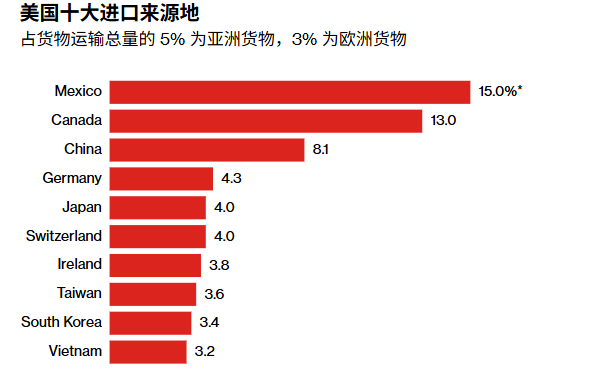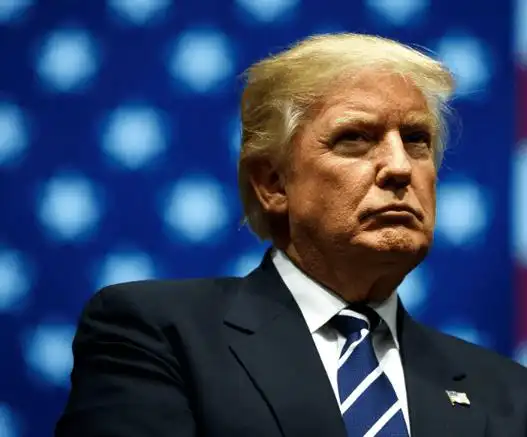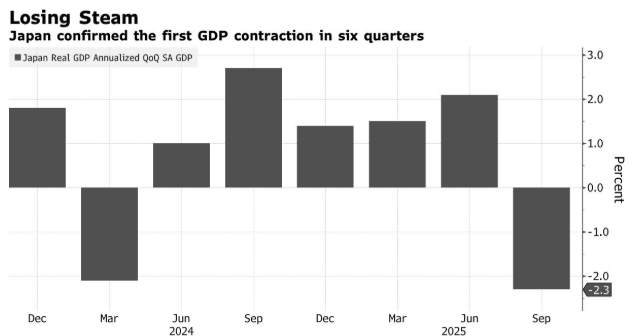Over the weekend, the United States’ major trading partners sought to reach trade agreements or lobbied for more time. Meanwhile, Treasury Secretary Scott Benson stated that some countries that failed to reach an agreement by Wednesday’s deadline would have the option to extend negotiations for three weeks.
Beshear said on CNN’s “State of the Union” on Sunday that “the next 72 hours are going to be very busy,” referring to the 72 hours remaining until the July 9 government deadline.
Trump said late Sunday night on social media that the tariff letters would start being sent out at noon Washington time on Monday. He had previously said that he would start sending letters to 12 to 15 trading partners on Monday and also hinted that some deals were about to be reached. “I think we’ll have deals with most countries by July 9th – either letters or deals,” he had said earlier.
Bessenet suggested in interviews on two programs on Sunday that the letters President Trump is preparing to send to trading partners this week are not the final decisions on the immediate effective tariff rates for each country. He said that the tariffs will take effect on August 1, so those countries that have not yet come close to reaching an agreement still have time to make offers.
Later on Sunday, US Commerce Secretary Howard Lutnick told reporters as he boarded Air Force One with Trump for the return trip to Washington that “tariffs will take effect on August 1, but the president is currently working on the rates and the agreement.”
For weeks, the US government has been hinting that Trump’s reciprocal tariffs will be restored to the higher level of April 2 for countries that fail to reach an agreement aimed at reducing the US trade imbalance by July 9. Bessenet acknowledged that the sheer number of ongoing negotiations has complicated the final stage of the talks.
“Entering the final stretch, traffic congestion is very severe,” the finance minister said on Fox News on Sunday. “So by informing our trading partners that they can go back to the April 2 date, I think that will really move the process forward in the coming days and weeks.”
Trump told reporters over the Independence Day weekend that he had “signed some letters that will be sent out on Monday – a preliminary estimate is about 12.” He refused to disclose the identities of the recipients and said his instructions involved “different amounts of money, different amounts of tariffs and slightly different statements.”
When interviewed by CNN, Besenst refused to define August 1 as a new deadline. “If you want to speed up, then act,” he said, referring to the countries that received the letter. “If you want to return to the previous tax rate, that’s your own choice.”
Besenst said that the focus is on 18 major trading partners. Although “the other side has been delaying a lot”, several important agreements are about to be reached. Trump administration officials have been saying for weeks that several agreements are about to be reached, but so far only a limited framework agreement with the UK, a truce agreement with China and a brief framework of the agreement reached by Trump and Vietnam have been announced.
The latest remarks by Trump and Bessenet indicate that the negotiations remain uncertain. With only three days left until the original deadline, an agreement still seems hard to reach. The finance minister said that Washington is exerting maximum pressure on its trading partners and that negotiations with the EU have made “very good progress”. The EU, consisting of 27 countries, accounts for nearly one-fifth of the total value of US goods trade.

According to Trump’s previous remarks, these letters were originally planned to be sent out on July 4th and tariffs were to be imposed starting from August 1st. Meanwhile, US officials were busy negotiating with countries such as Japan, South Korea, the European Union, India and Vietnam during the holiday weekend.
One of Trump’s signature moves in deals is to make unilateral threats when negotiations reach a critical stage. So it is not clear whether the letter he described is real or merely a scare tactic aimed at those trade partners who still refuse to make concessions at the last minute.
After Trump announced an agreement with Vietnam last week, the Vietnamese Foreign Ministry said that negotiators were still coordinating with their US counterparts to finalize the details.
Although it is expected that the two sides will also reach a provisional agreement, New Delhi officials have recently adopted a tougher stance, threatening to impose tariffs on some US goods in retaliation for Washington’s increase in tariffs on automobiles and their parts.
South Korea is also worried about auto tariffs. The country has discussed with US officials about extending the deadline as a last-ditch effort to avoid higher tariffs.
Trump first introduced the so-called reciprocal tariffs in early April, which raised concerns about a US economic recession and led to a market crash. This prompted the White House to change its stance and announce that the tariff rate would be frozen at 10% for 90 days until July 9.


